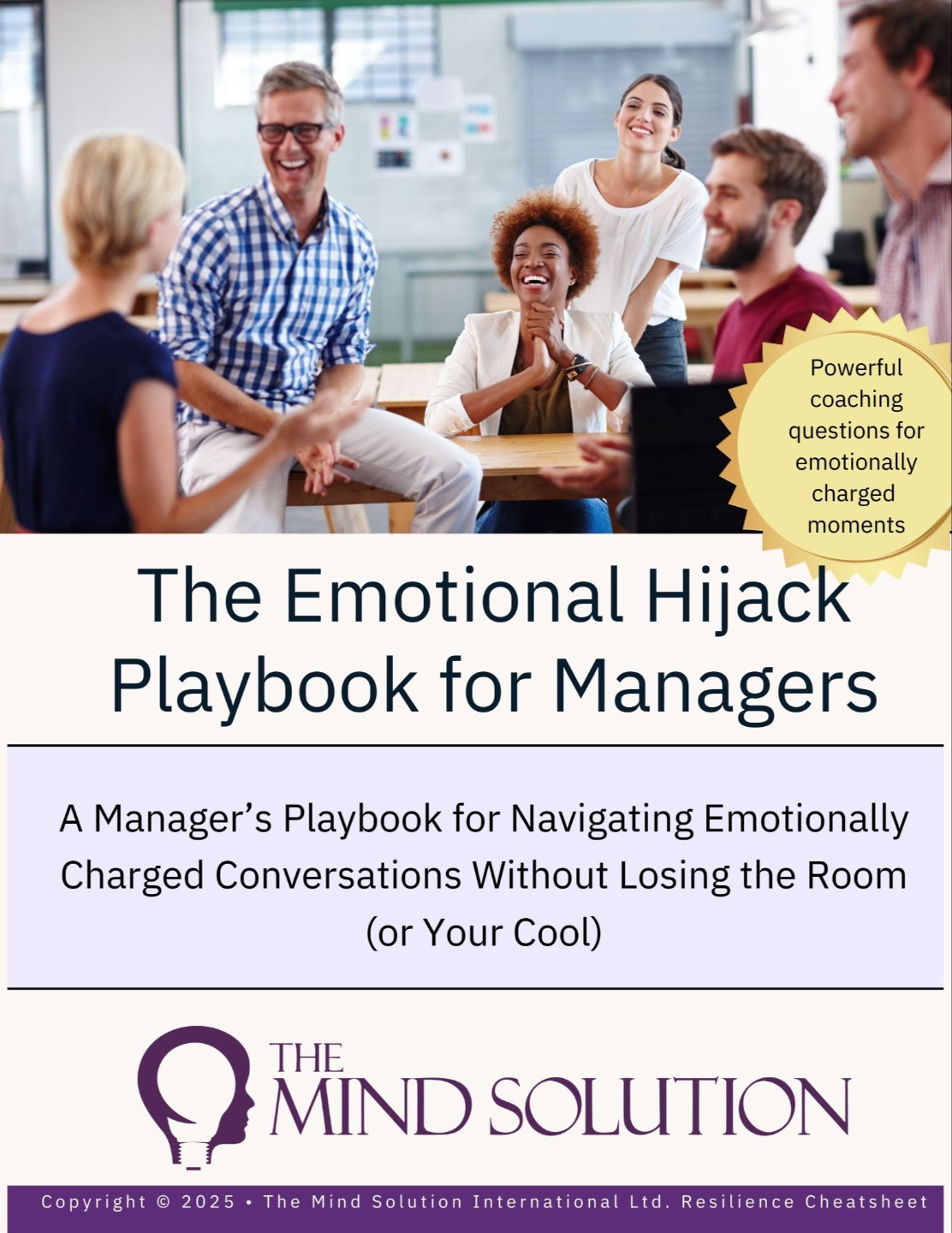Why Alcohol Belongs in Your Employee Wellbeing Strategy
Aug 13, 2025
What is a wellbeing strategy?
A wellbeing strategy is your organisation’s blueprint for creating a healthy, sustainable, and supportive work environment. It’s not just about ticking the box with mental health awareness days or running the occasional mindfulness session; it’s about looking at every area of an employee’s life that impacts how they feel, function, and perform at work.
When most organisations think about wellbeing, they focus on stress management training, gym memberships, or flexible working policies. But there’s a blind spot that’s costing companies millions every year: alcohol.
Employee wellbeing strategy examples
A strong wellbeing strategy addresses physical health, mental health, emotional resilience, and lifestyle habits—both inside and outside the office. Examples include:
-
Employee wellbeing webinars and workshops
-
Access to counselling or coaching
-
Financial wellbeing programmes
-
Physical health initiatives, such as fitness challenges or healthy eating programmes
-
And yes—support for alcohol and substance misuse.
If that last one surprised you, you’re not alone. But here’s the reality:
-
64% of UK workers report drinking alcohol to cope with job stress, pressure, or insecurity.
-
1 in 5 lawyers has an alcohol problem, and the rates of depression and suicide in the legal profession are among the highest of any sector.
-
40% of industrial workplace fatalities involve alcohol misuse.
-
Workplace substance abuse costs US employers over $81 billion annually.
If your wellbeing strategy doesn’t address alcohol, you’re ignoring a factor that could be directly impacting safety, productivity, and retention.
Why Alcohol Belongs in Your Health and Wellbeing Strategy
Alcohol misuse isn’t always visible. Many high-functioning professionals can meet deadlines, lead meetings, and deliver results while struggling with dependency behind the scenes. They’ve perfected the art of looking “fine” while their health, and often their relationships, are quietly falling apart.
We’ve worked with HR leaders who’ve shared stories about colleagues you’d never suspect of having a problem. One HR Director lost her job because of alcoholism, and nobody saw it coming.
The message is simple: a robust wellbeing strategy must create psychological safety so employees feel able to seek help before a crisis point.
How to stop drinking alcohol every night
For employees quietly relying on alcohol to switch off, break the habit, or “reward” themselves at the end of the day, support has to go beyond telling them to drink less.
Practical steps you can offer in the workplace include:
-
Educational webinars with addiction specialists
-
Access to confidential one-to-one support
-
Peer support groups or Employee Assistance Programmes
-
Resources that help employees replace alcohol with healthier coping mechanisms
Our addiction specialist, Andy, has been sober for nearly 20 years after struggling with alcohol himself. His lived experience means employees connect instantly; he’s been where they are, and he knows the way out.
How to stop drinking alcohol
The most successful way to stop drinking is a combination of awareness, support, and environmental change. In a workplace context, that means:
-
Reducing the role alcohol plays in corporate events
-
Training managers to spot the signs of dependency
-
Offering safe, non-judgmental pathways to help
-
Encouraging lifestyle changes that make alcohol less appealing
When organisations get this right, they’re not just helping employees, they’re improving engagement, reducing absenteeism, and strengthening workplace culture.
What is considered a heavy drinker?
Guidelines vary, but in the UK, drinking more than 14 units of alcohol a week on a regular basis is considered risky. That’s about six pints of average-strength beer or six medium glasses of wine.
The challenge? Many professionals underestimate their intake, especially when stress is high and alcohol becomes a “harmless” daily habit. Part of your wellbeing strategy should include awareness campaigns that help employees understand what safe drinking levels look like.
What are good habits to replace drinking?
Replacing alcohol with healthier habits is key to breaking the cycle. Examples include:
-
Exercise (even a short walk can lower stress hormones)
-
Creative hobbies like painting or cooking
-
Breathwork or meditation
-
Social activities that don’t revolve around alcohol
Your organisation can help employees explore these alternatives through workplace challenges, subsidised hobby classes, or lunch-and-learn sessions.
What calms you down like alcohol?
Many turn to alcohol because it quickly numbs stress. The trick is finding healthier ways to achieve that same state of calm. Effective substitutes include:
-
EFT Tapping - Which our wellbeing webinars and wellbeing platform teach
-
Yoga or meditation
-
Talking to a trusted friend or mentor
-
Listening to music or audiobooks
By incorporating these options into your wellbeing programme, you give employees tools they can use every day, without the long-term health risks alcohol brings.
What’s the most successful way to stop drinking alcohol at home?
Stopping at home often requires structure, support, and accountability. Encourage employees to:
-
Remove alcohol from their environment
-
Set clear goals and track progress
-
Use apps designed to support sobriety
-
Seek professional help early
Workplaces can bridge the gap by signposting employees to resources, funding support, and making it safe to talk about alcohol without fear of judgment or career damage.
We offer an Employee Wellbeing Webinar on Alcohol and Addiction, led by Andy, our addiction specialist who’s helped people stop drinking and taking drugs for over 20 years.
Andy’s story is powerful because it’s personal. Employees instantly feel understood, not judged, and that’s where change starts.
📅 Book a call today to bring this session to your workforce and give your people the tools to make healthier choices.
The Emotional Hijack Playbook For Managers
A Manager’s Free Resource for Navigating Emotionally Charged Conversations Without Losing the Room (or Your Cool).
Perfect to use in your next one-to-one.







